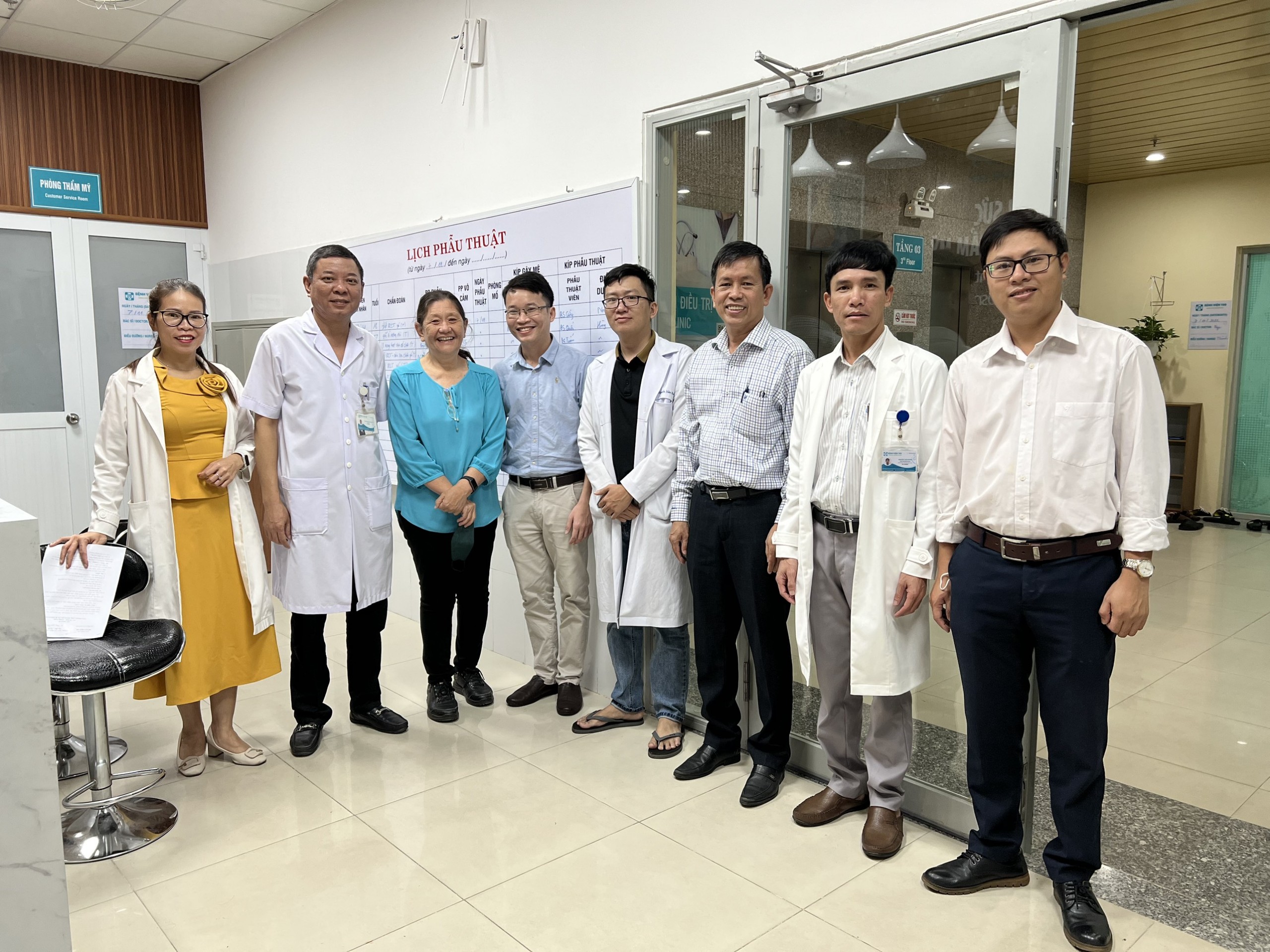We spoke to Dr Quyen Van Than about his fellowship in Clinical Pain Management at Siriraj Hospital, Thailand
WFSA: Hello – would you be able to introduce yourself for us?
Dr Quyen: I’m Quyen Van Than, an anaesthesiologist working at Hospital 199 (a public hospital), Da Nang, Vietnam. In 2020, I completed my Fellowship in Clinical Pain Management at Siriraj Hospital, Thailand.
WFSA: So, why were you interested in anaesthesia as a career?
Dr Quyen: Honestly, I signed a contract with Danang Government when I was in medical school. After graduation, I was assigned to work in the department of anaesthesiology. After working in the OR for a while, I realized that it was not simple as it looked. The anaesthesiologist is the captain of a sinking boat, and the role of an anaesthesiologist is best demonstrated during crisis. Now, I’m really into it.
WFSA: What was an average working day in Siriraj was like? Could you write up a case study that you worked on during your fellowship?
Dr Quyen:
- Morning – I attended the topic presentation on either lectures, case discussion, fellow topic, or interdisciplinary conference.
- Late morning – I observed out-patient consultations in the pain clinic where I learned clinical skills such as patient interviewing, neurological and musculoskeletal examination, and prescribing pain medication. I also familiarized myself with the diagnoses of a variety of pain conditions.
- Afternoon – I observed and practice (under supervision) interventional pain procedures
- Evening – I attended the ward round for in-patients.
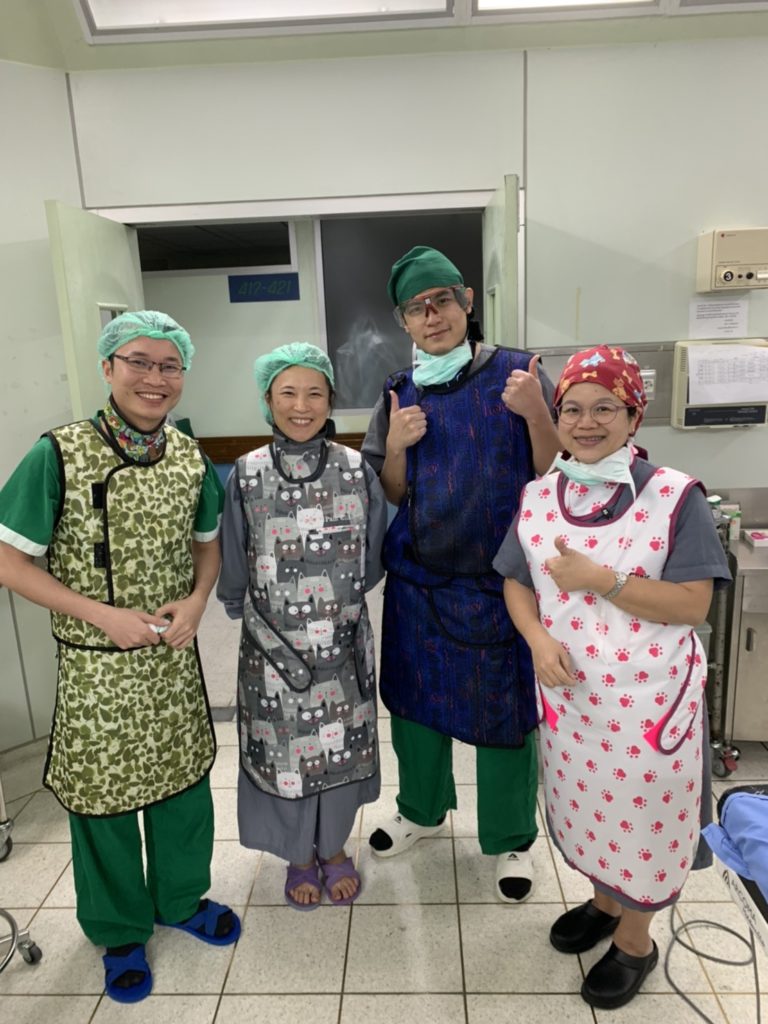
| Case study: Piriformis pain syndrome | |
| Case details | 76-year-old male patient status post spine fusion from L3-L5 presented at the pain clinic with pain in the buttock which radiated to the leg for 2 months. Pain score was 8/10 on standing or sitting, and 5/10 at rest. On examination, straight leg raising and external rotation of the hip aggravated buttock pain. FABER test (Flexion, Abduction, and External rotation of the hip) was also positive. The patient was suspected to have piriformis pain syndrome and was scheduled for a piriformis injection. |
| Participation opportunities | I had the opportunity to observe how to take the history of a pain patient and conduct a neuromuscular examination. I also had a chance to perform the piriformis injection under the supervision of my professor. |
| What did you learn? | Taking a medical history and detailed examination is critically important in pain patients. A patient presented with radicular-like pain with a history of spine fusion can easily make people jump to conclude that the patient has radicular pain due to disc herniation or failed back surgery syndrome. However, the diagnosis in this patient was later confirmed with significant pain reduction after the injection. To be able to perform interventional procedures such as piriformis injection, good knowledge of relevant anatomy is crucial. Besides, a good understanding of how to operate the ultrasound machine and how to handle the needle is also necessary |
WFSA: What were your favourite things about studying in Thailand?
Dr Quyen: It was a bit of a shock for me when I came to Thailand to study since pain management was completely new to me. Everything was interesting. I left my wife and daughter to go to Thailand so I tried my best to make it worth it. I spent most of my time reading books and trying to capture as much knowledge as I could. If I have to pick one favourite thing, though – I think it’s Thai food
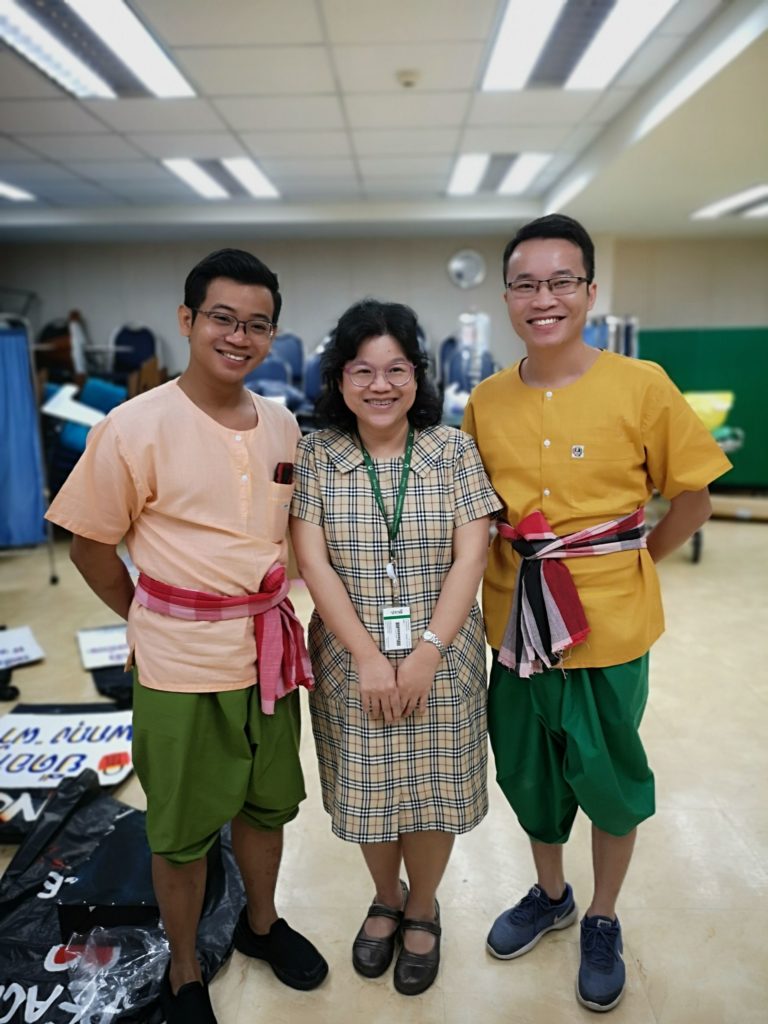
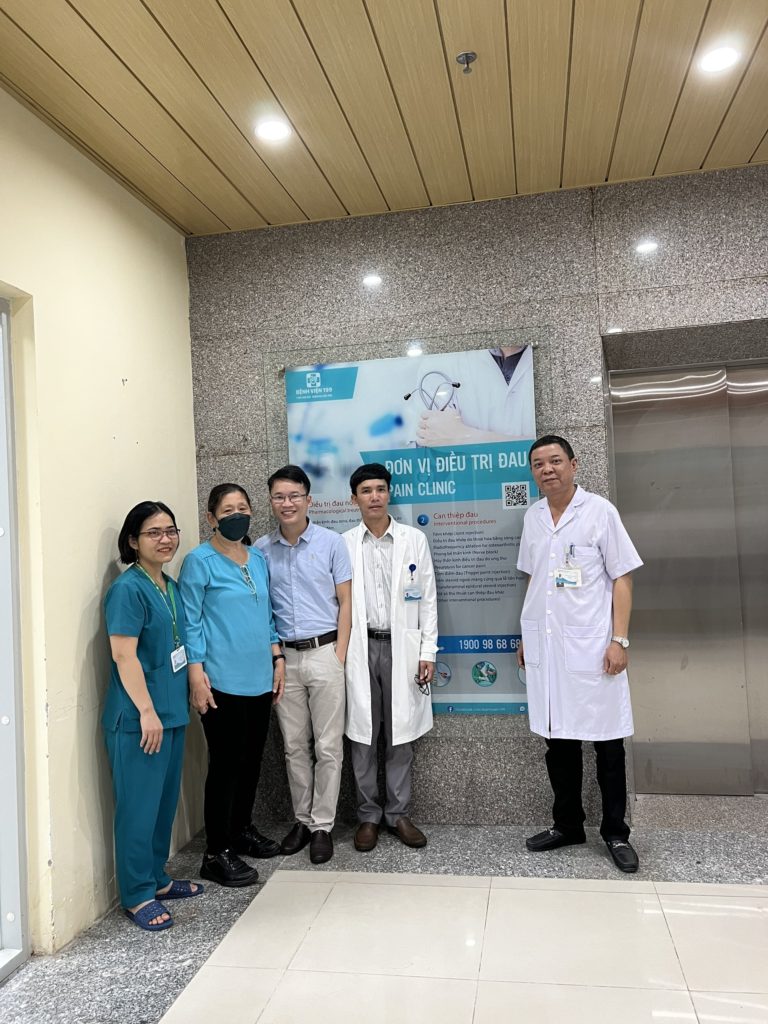
WFSA: Did you find it easy or difficult to settle in?
Dr Quyen: It was not so difficult for me since I received a lot of help from Prof. Nantthasorn [Chief of Siriraj Pain Management Clinical Training Center and Dr Quyen’s fellowship head], the IR guys, and many others in the pain clinic. Besides academic activities, they also got me involved in many other living activities such as participating in Loi Krathong, the International Night for international students in Thailand, and a tour to Ayutthaya.
WFSA: What transferrable skills have you learned that could be applied back home?
Dr Quyen: Virtually everything that I learned during my fellowship could be applied back home, such as:
- Neurological and musculoskeletal examination: nowadays, it’s quite common for doctors to heavily rely on blood tests and imaging to make a diagnosis – this is the situation in Vietnam. Unfortunately, pain management is a new area and the clinical manifestation does not always correlate well with imaging.
- Prescribing pain medication: treating pain according to mechanism was new to many Vietnamese doctors. These skills help me to prescribe pain medication safely and effectively
- Patient interviewing: because of the heavy workload in Vietnam, doctors tend to spend very little time talking with the patient. However, due to the psychobiosocial nature of the pain, spending enough time with the patient is vital. It helps build up the clinician-patient relationship and allows the exploration of all aspects of pain, in order to give the most appropriate diagnosis and treatment strategy.
- Interventional pain procedures: As an anesthesiologist, I’m very interested in interventional pain management. This element really attracted me to the fellowship. Interventional procedures carry risks and can help in the short term rather than a cure for pain, and it’s only beneficial if we apply it properly. These techniques were very valuable for me since there was no training program for this in Vietnam
One of the most important skills that I still use every day was reading medical literature and applying evidence-based medicine. Practicing medicine is a lifetime learning process, this skill is a light that guides me in the right direction
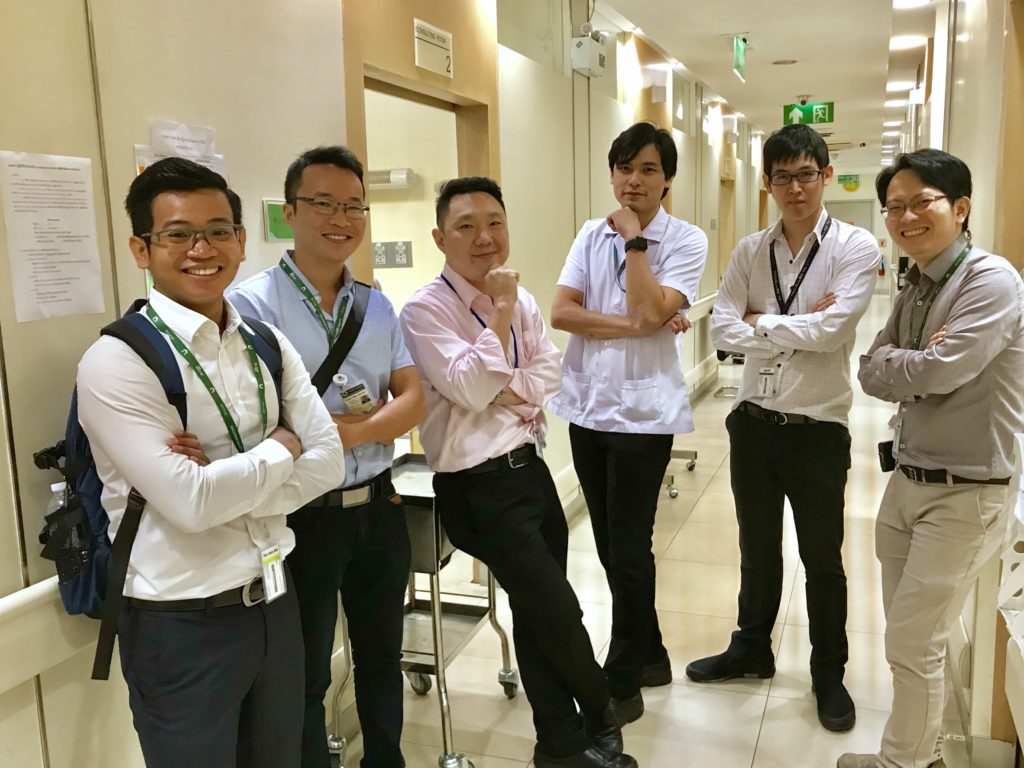
WFSA: Can you describe the Essential Pain Management (EPM) Course?
Dr Quyen: Yes, EPM is a simple comprehensive pain management program that provides a multidisciplinary approach. Even though it’s a basic program, it’s well-structured and easy to follow. In my opinion, this is one of the most suitable programs for countries that have a poor pain management systems like Vietnam. It helps to introduce learners to the psychobiosocial modal of pain, to have a more broad view of the patient’s pain to give the most appropriate treatment strategy.
WFSA: Are you running Essential Pain Management courses in your home country?
Dr Quyen: We ran our first two EPM programs in January in Sai Gon this year. We already planned for other next programs in other hospitals. In the middle of March, I will organize an acute pain workshop in Da Nang as well, the theme will be “Acute postoperative pain: call to action”. It aims to share the experience of establishing an acute pain service in my hospital (the first acute pain service in the middle region) and raise awareness about acute postoperative pain.
Title image of Dr Quyen’s pain clinic, with Dr Quyen (fourth from left) next to Dr Mary Cardosa (third from left), who helped Dr Quyen organise several training programs such as a virtual EPM in June 2021 and the IASP Multidisciplinary Pain Center Toolkit
Dr Quyen’s fellowship was sponsored by WFSA and IASP
The WFSA offers its Fellowships to anaesthesiologists from low and middle-income countries to increase their skillset and become leaders for anaesthesia once they return to their home countries. Upcoming WFSA fellowships and how to apply





